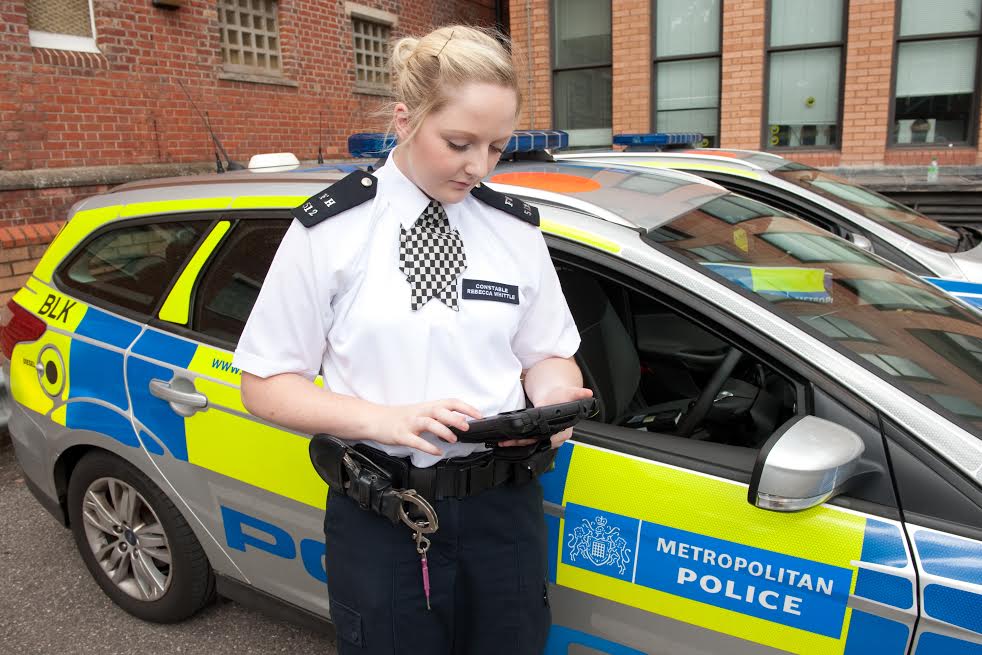

As CTO of Motorola Solutions (MSI), Paul Steinberg says he has three broad remits.
The first is to advance the company’s technology with his team of engineers and data scientists, the second is to drive its patent strategy (“What patents we get and what we do with them”) and the third is to invest in startups so MSI can get access to something it doesn’t have.
“It keeps you humble because there’s always someone else doing things faster and better than you,” he tells TechWeekEurope.
This might seem like a very narrow focus but it’s a market in which the present day Motorola senses a great opportunity as emergency services update their infrastructure to improve service and cut cost.
In the UK, MSI is working with EE to help deliver the £1 billion Emergency Services Network (ESN) – a 4G platform that will allow for data-enabled services alongside critical communications – and save the government £1 million a day
These upgrades will power what MSI sees as the big trend in public safety: the coupling of communications with data analytics, a vision it recently outlined at Critical Communications World (CCW) in Amsterdam.
“Mission critical intelligence brings in connecting things – data. It becomes more about context and situational awareness. The investments we’re making are more in that direction.
“One of the things we’ve been working on is the connected first responder. What we did was we built a context engine that’s at the heart.”
The ‘context engine’ built by MSI brings together various different inputs. For example, Bluetooth connectivity can unite weapons, body sensors and imaging equipment to give a police force a greater overview of a situation.
Steinberg explains a scenario where if the context engine detects a weapon has been fired and a policeman is not at a station or at a firing range, their video camera will automatically switch on. Other situations could give a paramedic of firefighter additional information, possibly through wearable technology.
Are you up to speed on 4G? Try our quiz!
Page: 1 2
OpenAI chief operating officer Brad Lightcap to oversee international expansion as company consolidates lead in…
Chinese researchers publish details on device that could wreak havoc on undersea communications cables in…
Former Intel chief Gelsinger expands role at Gloo, becoming executive chairman and head of technology…
MEPs add to Commission pressure for second EU Chips Act amidst industry calls for renewed…
Smartphone maker Xiaomi reportedly raises about $5.5bn in Hong Kong share sale as it invests…
BYD's Qin L EV sedan starts at about half the price of Tesla's Model 3,…